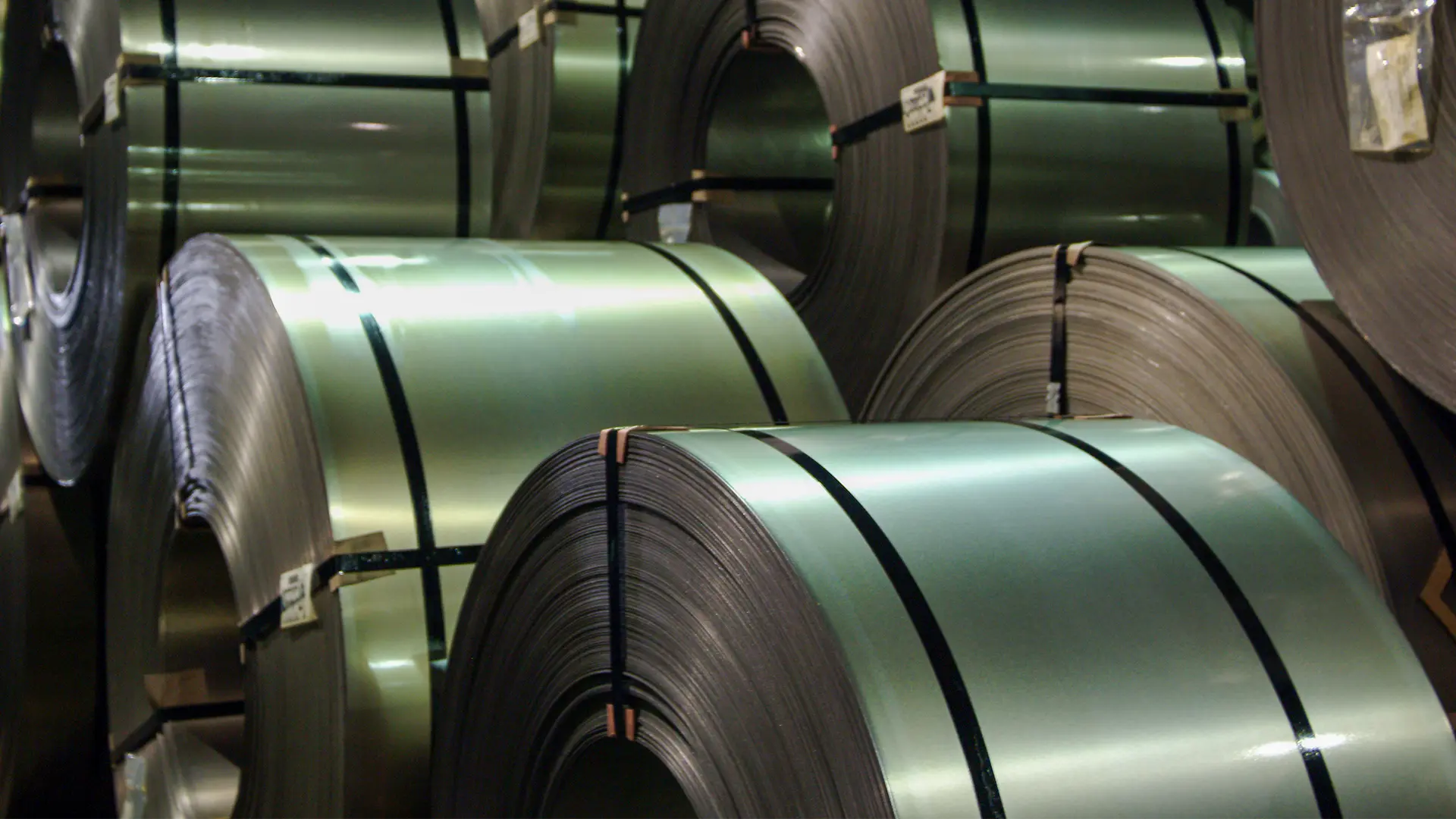Indian conglomerate Essar Group plans to make Saudi Arabia a hub to drive its expansion locally and regionally, its chief executive Prashant Ruia said on Wednesday.
The group, built by brothers Shashi and Ravi Ruia, is setting up a 4 million metric tonnes per year steel plant along with port facilities at Ras Al-Khair in Saudi Arabia, benefiting from the Kingdom’s aim to become an electric vehicle manufacturing centre.
“Automotive will be large,” Prashant Ruia told Reuters in an interview at the Future Investment Initiative (FII) conference in the Saudi capital. The group plans to open an office in Riyadh, he added.
“When you see the Vision 2030 and all of the projects which are currently being envisaged, it’s a big, big growth, which we see (boosting) demand for steel and we want to play a role.”
Prashant is part of the second generation of the Ruia family that founded Essar.
Saudi Arabia has been trying to shift its economy away from oil and is aiming to manufacture more than 300,000 cars annually by 2030.
The $4.5 billion integrated steel plant will be completed in about 3-1/2 years after obtaining the necessary approvals, Ruia said, adding final approval could be obtained in about six months.
Most of the funding for the Saudi steel plant would be arranged from Saudi banks and financial institutions, he said, adding the group intends to offer a minority stake to investors.
Earlier this week the Kingdom signed an agreement with South Korea’s Hyundai Motor Co for a car plant, joining U.S. electric vehicle maker Lucid Group, which opened its first international manufacturing plant this year, in building a presence in Saudi.
Saudi Arabia is also manufacturing its own EV brand under the name Ceer.
Ruia expects Saudi’s push to make more products locally will also boost demand for steel for the consumer goods industry.
“The industry will come. It will come where the steel is, because steel is the raw material. Once you have the steel available locally, you can then see the industry follows,” he said.
Source: Reuters
Read more














































